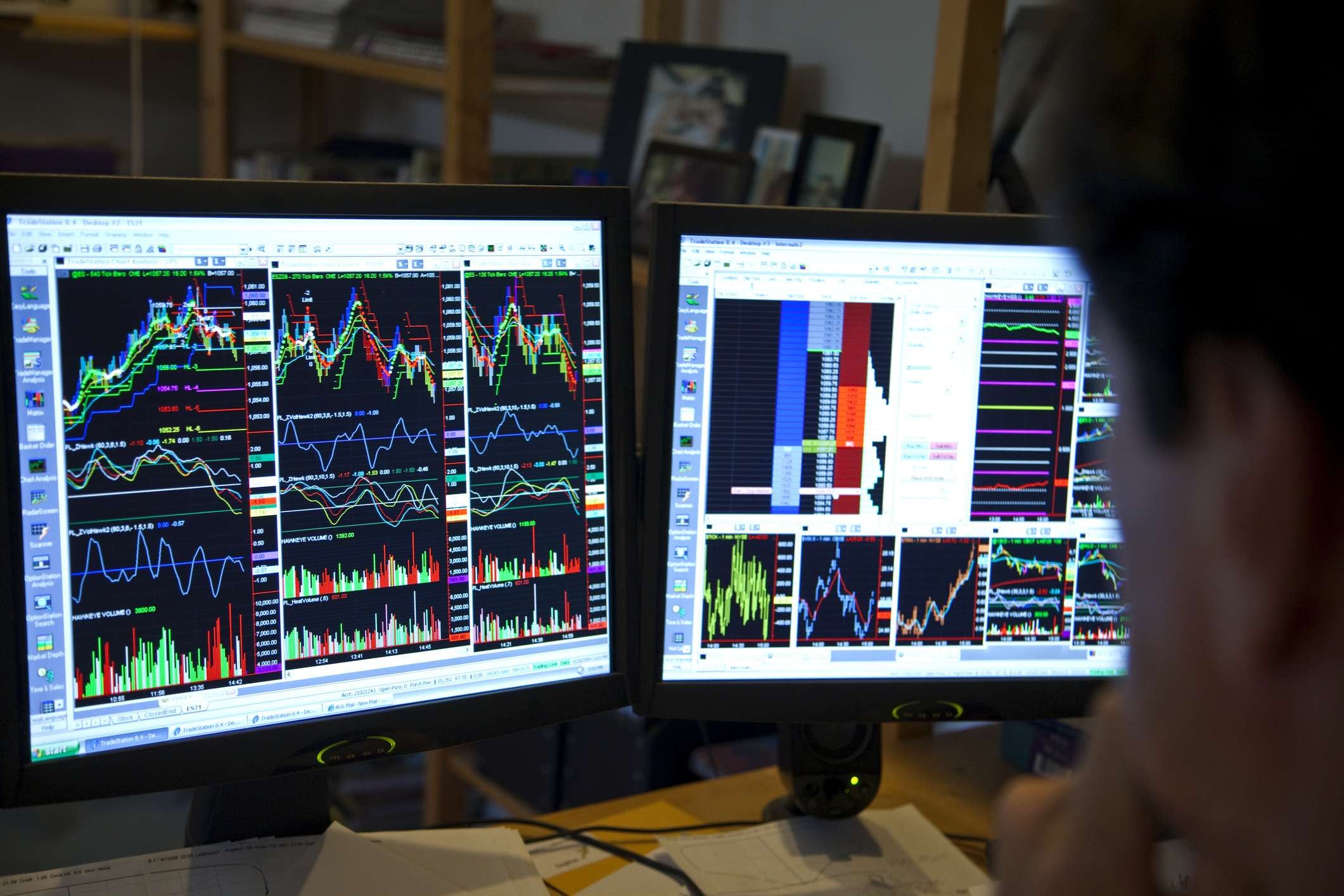One year on from the Russian invasion of Ukraine and it seems remarkable that European markets have recovered all their losses and are slightly higher, while US markets are broadly lower, although not by much.
It’s even more remarkable given how much higher interest rates are now than they were a year ago. While the cost of living has soared its also important to note the billions of US dollars, euros and sterling that have been spent to support respective economies which have gone a long way to cushion the blow, along with the fact that demand in China has been constrained by covid restrictions taking some of the pressure off energy demand.
It’s been a difficult week for European and US stock markets with the prevailing theme being one of weakness, although as far as markets in Europe are concerned, they are a little overdue a pullback after such a strong start to the year.
Yesterday saw markets in Europe, as well as the US finish the day higher after the Fed minutes gave a broad indication that any Fed pause would likely occur at around 5.4%, tempering the recent rise in bond yields.
The rally in US markets yesterday looks set to see European markets open higher this morning.
There does however appear to be some complacency about how long rates are likely to stay at these sorts of pre-financial crisis levels.
This now looks set to be the next shoe to drop, especially given the strength of the labour markets on both sides of the Atlantic. It seems highly improbable that inflation will fall back quickly unless the unemployment rate starts to rise, and demand slows and that doesn’t seem to be happening yet.
We are hearing about job losses throughout this earnings season, but they have been very piecemeal in nature, and the number of jobs being shed isn’t that high, especially given the number of vacancies that are still open.
Yesterday’s US Q4 GDP revisions pointed to a fall in personal consumption, which fell to 1.4% from 2.1%. This shouldn’t have come as too unexpected given the weak retail sales numbers seen at the end of last year. What was more concerning was that core PCE on a quarterly basis saw prices rise to 4.3% from 3.9%.
With retail sales surging by 3% in January that would suggest that today’s personal spending numbers are likely to be similarly strong, after the -0.2% decline seen in December. Expectations are for a rebound of 1.4%, while personal income is also expected to rise by 1%.
Investors will also be paying close attention to the January core PCE deflator numbers, which is the Fed’s preferred inflation measure, and which has fallen back sharply in the last few months from 5.2% in September, falling to its lowest level since October 2021 in December at 4.4%.
The sharp fall from those peaks certainly helped drive the disinflation narrative that got the markets speculating that we might start to see some of the recent rate hikes start to get reversed before the end of this year before the January payrolls report blew that bit of wishful thinking out of the water.
Given the strength of recent economic data, today’s January numbers may call time on the trend of lower prices, with expectations that the PCE core deflator could fall only modestly from 4.4% to 4.3%.
What the markets won’t want to see is prices start to edge up again given how fragile US stock markets are currently looking, despite yesterday’s rebound by the S&P500.
EUR/USD – continues to slip lower keeping the path towards 1.0480 very much on the table. We have resistance at the 50-day SMA currently at 1.0730.
GBP/USD – continues to range between resistance at the 50-day SMA at 1.2180, and the support at the 200-day SMA at 1.1935. Below 1.1935 targets the 1.1830 area.
EUR/GBP – rallied from the 0.8780 area and currently finding resistance at the 50-day SMA at 0.8830 area. Further resistance comes in at the 0.8870 area.
USD/JPY – continues to edge higher but is encountering resistance at 2-month highs at 135.35 area, as it looks to edge towards the 200-day SMA at 136.70. Interim support at 133.60, and below that at 132.60, and 50-day SMA.
Disclaimer: CMC Markets is an execution-only service provider. The material (whether or not it states any opinions) is for general information purposes only, and does not take into account your personal circumstances or objectives. Nothing in this material is (or should be considered to be) financial, investment or other advice on which reliance should be placed. No opinion given in the material constitutes a recommendation by CMC Markets or the author that any particular investment, security, transaction or investment strategy is suitable for any specific person. The material has not been prepared in accordance with legal requirements designed to promote the independence of investment research. Although we are not specifically prevented from dealing before providing this material, we do not seek to take advantage of the material prior to its dissemination.







